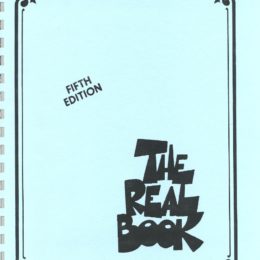A note about knowing modes and scales

This post is related to improvisation and how as musicians we play with the modal approach.
So you know your modes on the instrument, but could you recognize one just by hearing one?
Now, think for one moment about what this means, to know what a mode is.
It’s not just being able to play it on the instrument.
The sound of each mode has a very specific taste, it’s like having a choice of different spices to cook with.
But to cook with spices you have to know the taste of the various herbs, and have experienced them long enough to produce something tasty. Ultimately produce some really good tasty meals.
As a musician, knowing how to play them on the instrument is the first step, but to decide which mode you want to play in an improvisation context, you have to know how it sounds, and the type of flavor you want your sound to have. It doesn’t make sense for a painter to decide which color to apply without knowing its vibration, its color.
You only really know your modes when you know their unique sound. You are not in control of the sound, or the vibe you want to produce if you are randomly spitting out a mode that will harmonically work on a chord. The theory might be correct but the result is not what you probably have in mind.
I’m recently returning to some of the basic modes from the major scale, particularly the phrygian.
After playing dorian and aeolian a lot, I let that one down for many years.
I also dig a lot into the harmonic and melodic minors scales, they don’t have the flat 7.
They are the obvious choice I tend to let in favor of dorian and aeolian which every musician knows the fingerings on their instrument.
Laziness is the enemy of interesting routes and opportunities!
Learn your mode so intimately that you can sing them in your head, and know how their extensions will sound over in their harmonic contexts.
Listening to various musicians and music styles is also a good way to get impregnated with the sound of various modes.

